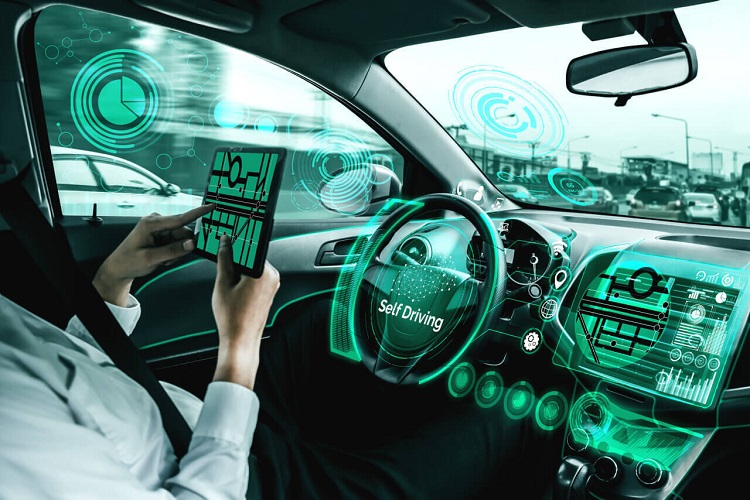Intelligent Driving Assistant: In driving scenarios, vehicle-mounted devices equipped with 3D sensing technology can perceive the surrounding environment of the vehicle in real time, providing more accurate navigation and obstacle avoidance functions.
Driver Status Monitoring: Through 3D sensing technology, autonomous vehicles can monitor the driver's status, such as facial expressions and head movements, in real time. This helps to determine the driver's level of fatigue or distraction and take appropriate measures to ensure driving safety.
Human-Machine Interaction and Control: Utilizing 3D sensing technology, autonomous vehicles can interact with drivers more naturally, through gesture control, voice recognition, and other features. This enhances the convenience and safety of driving.
Obstacle Recognition and Avoidance: With 3D sensing technology, autonomous vehicles can recognize obstacles on the road and effectively avoid them. This contributes to collision avoidance and ensures driving safety.
Lane Detection and Tracking: Lane markings are crucial references for path planning and navigation in autonomous driving. 3D sensing technology helps autonomous vehicles detect and track lane markings more accurately, ensuring that the vehicle travels in the correct lane.
Object Detection and Tracking: 3D sensing technology enables autonomous vehicles to detect and track dynamic objects such as other vehicles, pedestrians, and cyclists, providing precise localization and prediction. This aids in collision avoidance and ensures driving safety.
Environmental Perception and Modeling: Through 3D sensing technology, autonomous vehicles can acquire 3D models of the surrounding environment, including roads, buildings, obstacles, and more. This helps the autonomous vehicle to more accurately understand the surrounding environment, enabling effective path planning and decision-making.
